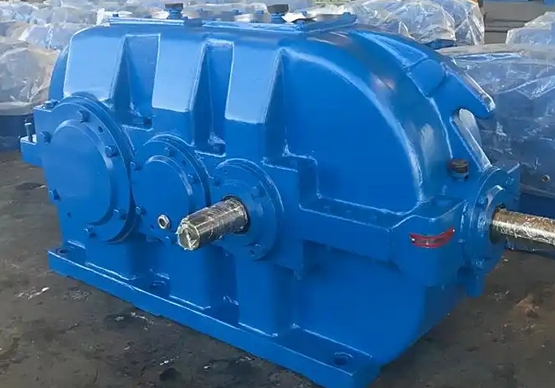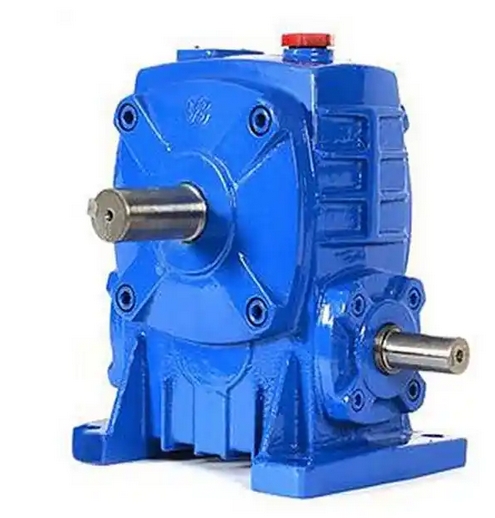What precautions should be taken when performing cleaning work on DCY224-20-IV hard tooth gear reducer
When cleaning the DCY224-20-IV hard tooth gear reducer, the following precautions should be taken:Safety preparation: Before cleaning, be sure to disconnect the power supply of the reducer and separate it from other equipment to prevent accidental start-up and personal injury.
Personal protection: Operators should wear personal protective equipment such as safety goggles, gloves, dust masks, or respirators to prevent dust, debris, and cleaning agents from causing harm to the eyes, skin, and respiratory system.

Disassembly and storage of components: When disassembling the gearbox housing, appropriate tools such as screwdrivers, wrenches, etc. should be used, and all screws and small parts should be properly stored to avoid loss for subsequent assembly.
Choose appropriate cleaning agents: Use cleaning agents that are compatible with gear and other component materials, and avoid using abrasive cleaning agents or solvents that can corrode or wear the surface of the parts. For example, gasoline or specialized gear cleaning agents can be used to clean parts such as gears and bearings.
Avoid damaging parts: When cleaning the gear tooth surface, a soft bristled brush should be used to gently remove dirt and debris, and steel wire brushes or other abrasive materials should be avoided to prevent scratching the tooth surface. Meanwhile, avoid applying excessive force during cleaning to prevent damage to the gear teeth.
Control cleaning method: Avoid using high-pressure water or steam to clean the gear teeth to prevent damage to the teeth, such as pitting, cracking, etc., and may also affect the hardness of the gear material due to heat.
Prevent residual moisture: After cleaning, thoroughly rinse the gear teeth and other parts with clean water to remove residual cleaning agents or debris, but ensure that the parts are completely dry before use to prevent corrosion caused by moisture.
Check the condition of the parts: During the cleaning process, carefully inspect the gears, bearings, and other components for signs of wear, pitting, cracks, scratches, or rust. If there are any problems, they should be repaired or replaced in a timely manner.
Cleaning the shell: In addition to cleaning the internal components, a damp cloth or cleaning agent should be used to wipe the surface of the shell, remove stains and fingerprints, and keep the shell clean.
Record the cleaning process: Record the cleaning process, including the cleaning agents used, cleaning methods, and any observed issues or part conditions, to provide reference for subsequent maintenance.


